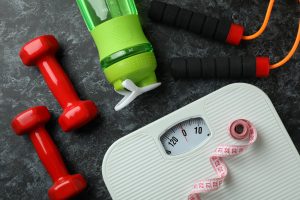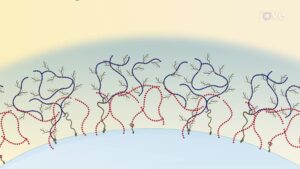Building muscle doesn’t require a gym membership or expensive equipment. With the right approach, you can develop strength, endurance, and overall fitness from the comfort of your home, a local park, or even your living room. Strength training using bodyweight, household items, and light weights can deliver impressive results when combined with proper technique and consistency. This article explores proven exercises and strategies for building muscle without stepping foot in a gym.
Why You Don’t Need a Gym to Build Strength
Muscle growth is driven by progressive overload and muscle fiber recruitment. Studies confirm that resistance training using bodyweight or lighter loads performed with higher volume and intensity can promote hypertrophy (muscle growth) comparable to traditional weightlifting (PubMed). This means that squats, push-ups, planks, and similar moves can be just as effective as barbell lifts when performed consistently.
Another benefit of home-based training is accessibility. Without the barrier of travel, cost, or crowded facilities, workouts become easier to fit into a daily routine. This lowers the chance of skipping sessions and helps create lasting habits that support long-term health.
Upper Body Strength Without a Gym
Push-Up Variations
Push-ups are among the most versatile exercises for developing the chest, shoulders, and triceps. They also engage the core due to the planking position. Options include:
- Wall or knee push-ups for beginners and older adults.
- Diamond push-ups to target the triceps.
- Incline or decline push-ups to shift emphasis between upper and lower chest.
- Single-arm push-ups for advanced strength and stability training.
Shoulder Training
Household items such as water bottles or soup cans can serve as resistance for shoulder presses, lateral raises, and front raises. Even without weights, isometric exercises like pressing against a wall activate muscle fibers effectively. Research supports the role of isometric training in maintaining muscle mass and strength, particularly for older adults (NIH).
Back and Arm Development
Rows and pull-up variations strengthen the back and biceps. A doorway pull-up bar is an affordable and compact option for home use. Beginners can use a step or chair for assisted pull-ups, gradually reducing assistance as strength improves. For rows, dumbbells or resistance bands can be replaced with weighted backpacks or filled water jugs.
Lower Body Workouts Without Equipment
Squats and Variations
Squats are a foundational movement for strengthening the legs and glutes. Without added weight, the focus shifts to form, depth, and control. Variations include:
- Traditional squats for overall leg strength.
- Split stance or lunges to work different muscle groups and improve balance.
- Sit-to-stand from a chair for functional strength training.
- Wall sits to develop endurance and stability.
Hip Hinges and Deadlift Alternatives
Hip hinge movements strengthen the hamstrings, glutes, and lower back. One-legged hip hinges challenge balance and activate stabilizer muscles. Without weights, the motion itself provides resistance when performed slowly with muscle tension. Using a dumbbell or loaded backpack increases intensity.
Calf Training
Simple toe raises, performed on flat ground or an elevated step, effectively strengthen calf muscles. By avoiding heel contact with the ground during repetitions, the muscles remain under constant tension, leading to improved strength and endurance.
Core Strengthening at Home
The core is essential for stability and overall strength. Effective no-equipment exercises include:
- Planks and side planks
- Crunches and sit-ups
- Leg lifts and scissors
- Dead bugs for spinal stability
- Oblique twists and side bends
These exercises improve not only aesthetic definition but also functional strength for everyday activities. A strong core reduces the risk of back pain and supports better posture.
Practical Tips for Success
- Start with bodyweight and add resistance gradually with dumbbells, bands, or weighted backpacks.
- Use time under tension by slowing down movements to maximize muscle fiber engagement.
- Progress gradually by increasing repetitions, sets, or difficulty over time.
- Don’t skip protein—adequate protein intake supports muscle repair and recovery, especially important as we age.
Sample Full-Body Routine Without a Gym
Here’s a simple routine that can be done anywhere, with no equipment required:
- 10–15 push-ups (variation of choice)
- 15–20 bodyweight squats
- 10–12 lunges each leg
- 30–45 second plank
- 15–20 hip hinges
- 15–20 calf raises
- 10–12 rows (with weights or resistance substitutes)
Repeat 2–3 times for a complete workout. Adjust the volume and intensity based on fitness level and goals.
When to Consider a Gym
While home training is highly effective, some individuals benefit from the structured environment and equipment variety offered by a gym. Gyms also provide social motivation and access to professional coaching. However, for many, consistent bodyweight and resistance training at home is more than sufficient to achieve health and fitness goals.
Video Summary
For more evidence-based nutrition and fitness tips, subscribe to our channel: https://www.youtube.com/@Vitality-and-Wellness
Disclaimer: This content is for educational purposes and does not replace personalized medical advice.



